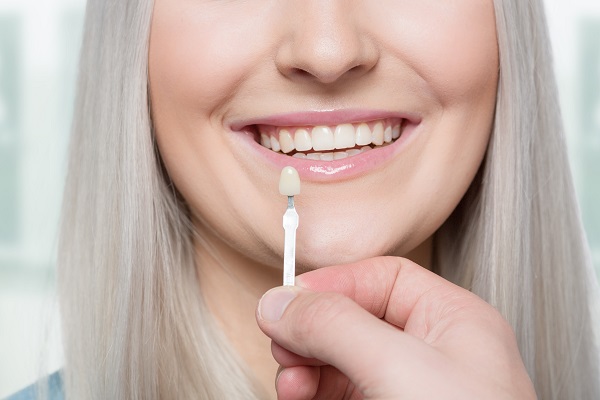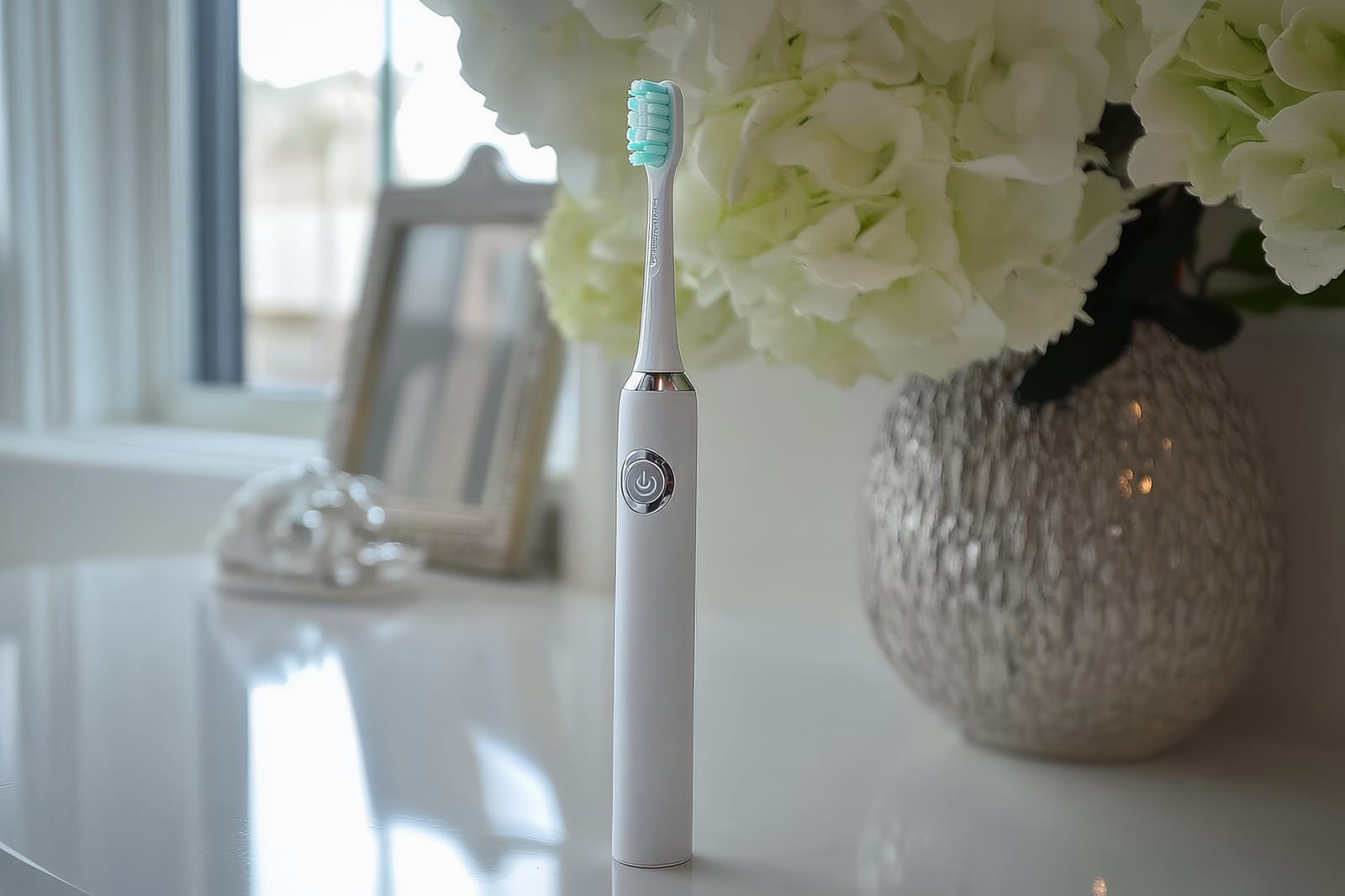How Veneers Have Changed Over Time

Dental veneers have been around since the first half of the twentieth century when they were first used in film-making. Since then, this dental treatment has been used to improve the appearance of teeth for patients who may have a variety of aesthetically displeasing oral issues. Originally, these thin tooth coverings were made of acrylic and adhered only temporarily, but as demand increased, so did quality.
Early veneers
Not long after Hollywood introduced veneers, dentists brought them to the general public. Veneers could be fashioned out of porcelain or composite, and while they looked great, the issue was getting them to bond.
Dental etching
In 1959, the discovery of dental etching led to a better bond. By applying an acidic solution to the teeth, the enamel could be roughened to create a better surface with which the veneers could adhere to the teeth.
Permanent bonding
By the early 1980s, it was discovered that by etching the porcelain with hydrofluoric acid, a bond strong enough to hold veneers permanently could be achieved.
Modern veneers
Today, veneers are made of either composite or porcelain and are fitted to dental patients with the intent of permanently improving dental issues that have resulted in unattractive teeth.
Applications
Since the discovery of permanent bonding techniques, veneers have been used for a variety of dental issues:
- Discolored teeth
- Broken teeth
- Chipped teeth
- Malformed teeth
Veneers look natural and beautiful, and for this reason, people usually get between six and eight at a time so the appearance of their teeth is symmetrical.
Types of veneers
There are two types of veneers that can be used to improve a person's smile. With the traditional version, the dentist uses a grinder to remove some of the enamel from the tooth or teeth in question. The veneers are then crafted to fit the new shape of the treated teeth.
The second type are called no-preparation veneers. With this type, the teeth are not necessarily treated and if they are, the removal of enamel is minimal. The veneers are adhered over the natural teeth.
Both types of treatments achieve the same results. While no-preparation veneers require less work and do not permanently alter the structure of natural teeth, the traditional variety offer more permanency.
Permanency
Traditional veneers can last between 10 and 15 years, while no-preparation veneers can last up to seven years. For both types, their life can be extended by taking special care.
Patients should be advised to avoid chewing on hard objects such as ice. They should also learn to chew harder foods with their back teeth only. When a patient grinds teeth at night, a retainer should be used to help protect the treatment.
Conclusion
Dental veneers are a good option for a patient who has experienced damage to their teeth. While not replacing the entirely functionality of natural teeth, they make a good option for improving the appearance and with proper care can last for many years.
Request an appointment here: https://www.stgeorgedentalcare.com or call St. George Dental Care at (435) 628-9099 for an appointment in our St George office.
Check out what others are saying about our dental services on Yelp: Dental Veneers and Dental Laminates in St George, UT.
Recent Posts
When it comes to enhancing your smile, both composite veneers and porcelain veneers are versatile options. Whether you're looking to correct discoloration, chips, or gaps in your teeth, veneers allow for a beautiful, natural appearance. But which type is the right choice for you? Our team at St. George Dental Care is here to provide…
Your smile is one of your most valuable assets, and maintaining it can significantly impact your confidence and overall well-being. When it comes to improving or restoring dental health, two popular options often come into consideration: veneers vs dentures. But which is right for you?At St. George Dental Care, we believe in empowering our patients…
Veneers are one of the most popular cosmetic dental treatments available today, offering a simple solution to transform your smile. Whether you're tackling discolored, chipped, or uneven teeth, this treatment provides a pathway to achieving a stunning, confident smile. At St. George Dental Care, our experienced team has helped countless patients achieve their dream smiles…
Resin veneers are becoming an increasingly popular solution for anyone looking to upgrade their smile. If you've been considering this cosmetic dental treatment, the cost might be one of the first things on your mind. Here at St. George Dental Care, we aim to provide transparency and affordability while delivering high-quality care to our patients.…


